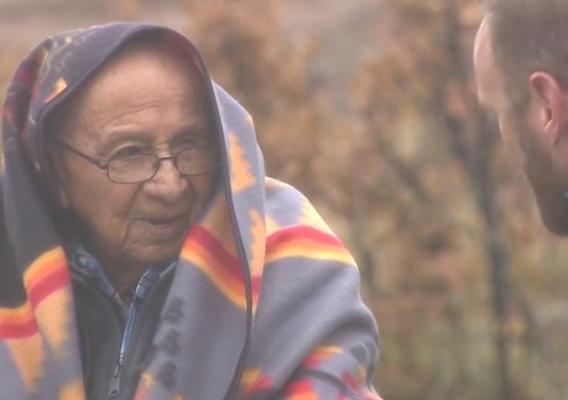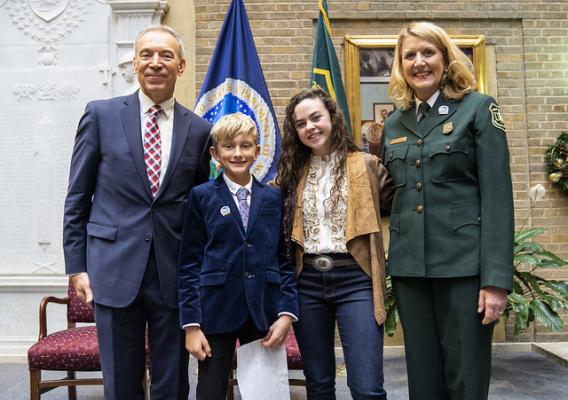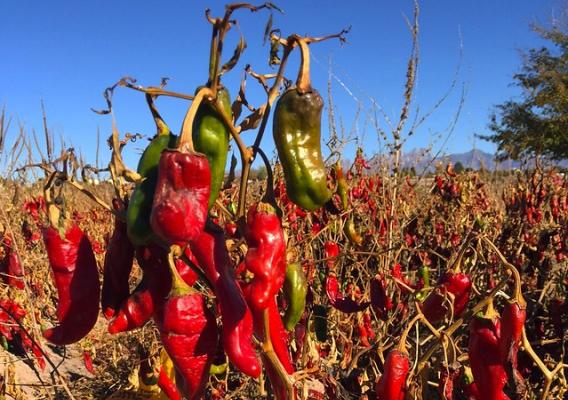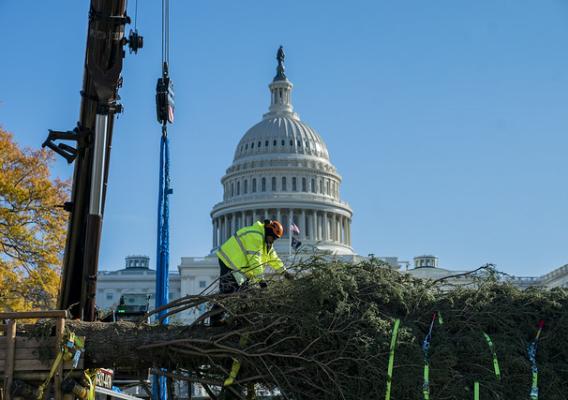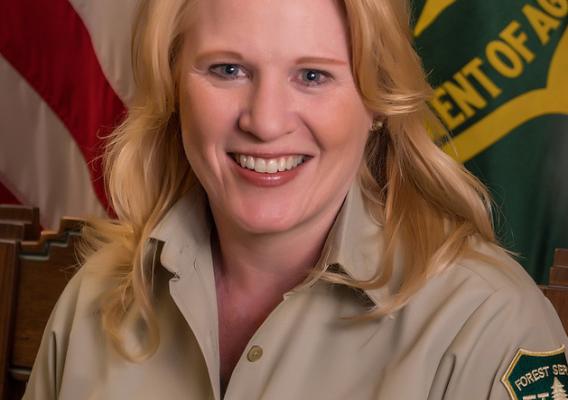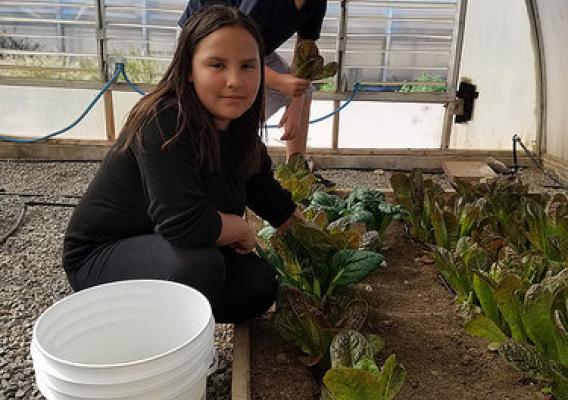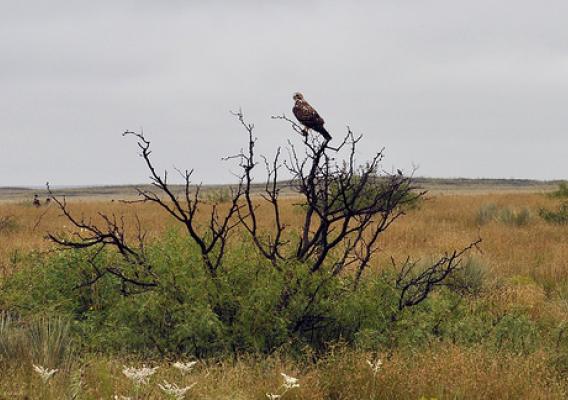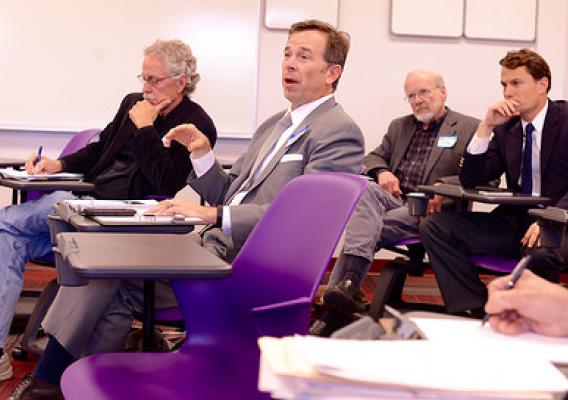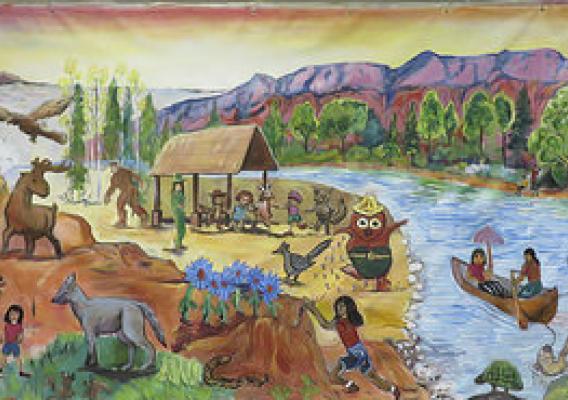Cross-posted from the Alaska Dispatch News:
For students heading back to school this month in Kodiak, it's anything but "class as usual." Because at Kodiak Island Borough School District, 400 miles from Anchorage and accessible only by airplane and ferry, ConnectED investments in high-speed internet and new technology have transformed the student experience — with remarkable results.
Walking through Kodiak High School offers a glimpse at the transformative role education technology is playing in rural America. In one classroom, students use videoconferencing technology to connect with teachers and students from across the island — expanding their horizons through virtual field trips and never-before-available courses like music and civics. Math offerings, once limited to algebra, now include online and distance-learning courses all the way up through calculus. And before and after school, high-speed connectivity allows teachers to tap into interactive professional development and training to customize student learning based on individual needs.

